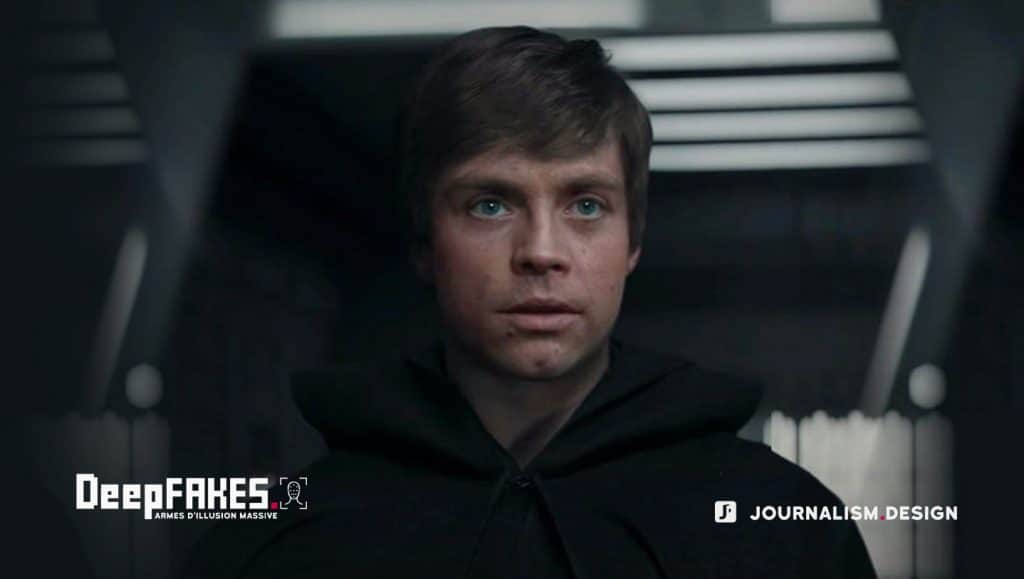I decided to propose an illustrated re-edition of the dissertation on Deepfakes that I presented for the Executive Master Management of Media and Digital at Sciences Po in 2019. A more pleasant version to read, airier than the document initially posted online. (this document is in French for the moment).
❋
[wpdm_package id=’23756′]Many things have changed since the defense of this dissertation. The phenomenon has grown and this blog tries to follow the news of synthetic media. A reflection is also being structured around this phenomenon, at least mine is evolving as I explore related concepts that help me understand what is behind the technical complexity.

Illustration of Part 1 of the dissertation
Reading this document can sometimes be confusing in light of what is now known, but it is good to put its writing in the context of the time. At the end of 2018, beginning of 2019, deepfakes were still a niche phenomenon on which no one was particularly interested (it is still a bit the case at the bottom). Among the solutions mentioned, blockchain was among the best chances to counter the “deepfakes threat”. Since then, almost all the startups created with the hope of providing a solution for authenticating content via blockchain have gone bankrupt and if an initiative led by Microsoft, among others, is moving in the right direction, it raises other ethical questions. The notion of threat itself has evolved. We are far from the infocalypse that Nina Schick announced in her book in mid-2019 and the armageddon that all observers expected on the eve of the 2020 American elections did not happen. A Belarusian report claimed that the Russians were preparing “deepfakes farms” to weaponize the use of disinformation via synthetic media, but there are no cross-sources to confirm this. In any case, it is probably elsewhere that we should look and it is more the trivialization of synthetic media in their purely recreational use that will pose greater problems in the future, accustoming a population largely permeable to this type of visual effects to a new reality manufactured by powerful algorithms.
For all that, it is good to keep an “intact” trace of my thoughts at this moment to measure, on the occasion of a next publication, what is the way forward.
Good reading then.




